You Are Empowered
Start receiving pdFIT's benefits today.
The pdFIT™ system combines exercise and biofeedback for people with parkinson's disease that improves motor control (manual dexterity)1.
Our 2-year study showed that people who use pdFIT had statistically-significantly improvement in their motor control (as measured by our circleTap™ score) over the entire study period.2
Try pdFIT™ risk-free for 3 months. If your motor control (as measured by our circleTap™ score) doesn't improve we'll give you a full refund.
Works with iPhone 4S and up, iPad 3 and up, iPad Air, iPad mini.
The Problem
There are currently no pharmacological solutions that cure Parkinson's disease (PD), and the primary treatment, levodopa, loses efficacy over time.1
There is growing evidence that exercise, and cycling in particular, may positively impact the symptoms and disease progression of Parkinson’s disease by stabilizing essential tremor and muscle weakness.2,3
However, the most effective exercise program for improving PD symptoms has not yet been established.
The pdFIT™ Solution
The goal of the pdFIT™ program is to reduce symptoms, delay disease progression and improve quality of life by leveraging exercise and providing tools to help PwP manage their condition
Tools such as the circleTap™ finger tapping test allows people to periodically assess manual dexterity and fine motor control on their own through the app. The circleTap™ test is the objective outcome measure which PwP has been using to gauge their improvements in motor control. This data is for your personal use and can be shared with your physician or care provider.
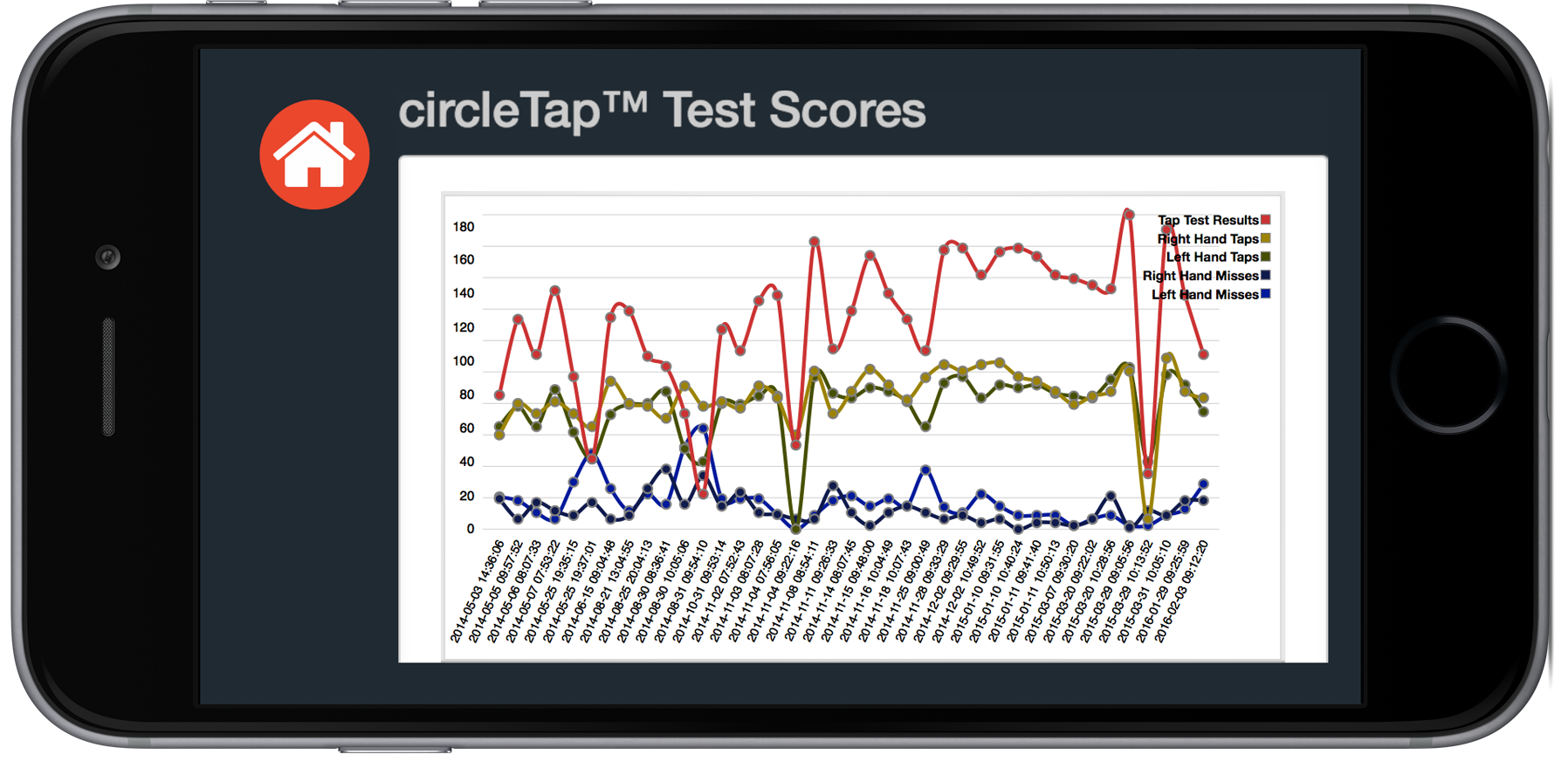 Figure 2. pdFIT™ dashboard showing circleTap™ finger tapping test scores improving over time.
Figure 2. pdFIT™ dashboard showing circleTap™ finger tapping test scores improving over time.The pdFIT™ Protocol
Beneufit’s approach features exercise protocols derived from the research of Dr. Jay Alberts of the Cleveland Clinic, which showed that a high cadence cycling protocol improved Unified Parkinson’s Disease Rating Scale (UPDRS) scores by 35%.4 The goal is to achieve a heart rate between 75% and 85% of maximum and cycling cadence of 90 RPM.
When following this protocol, users of our PD-specific application (pdFIT™) have exhibited statistically significant improvements in proprietary measures of manual dexterity (circleTap™ finger tapping test) and in overall physical fitness (fitFactor™), over the course of a 2-year pilot study (study to be published).
 Figure 3. pdFIT™ Select Protocol screen with protocol name, description and duration.
Figure 3. pdFIT™ Select Protocol screen with protocol name, description and duration.The fitFactor™ Score
Beneufit's fitFactor™ score is a representation of how closely an individual adheres to a workout protocol.
The fitFactor™ score is defined algorithmically according to how closely an individual’s actual heart rate and cadence followed the prescribed level.
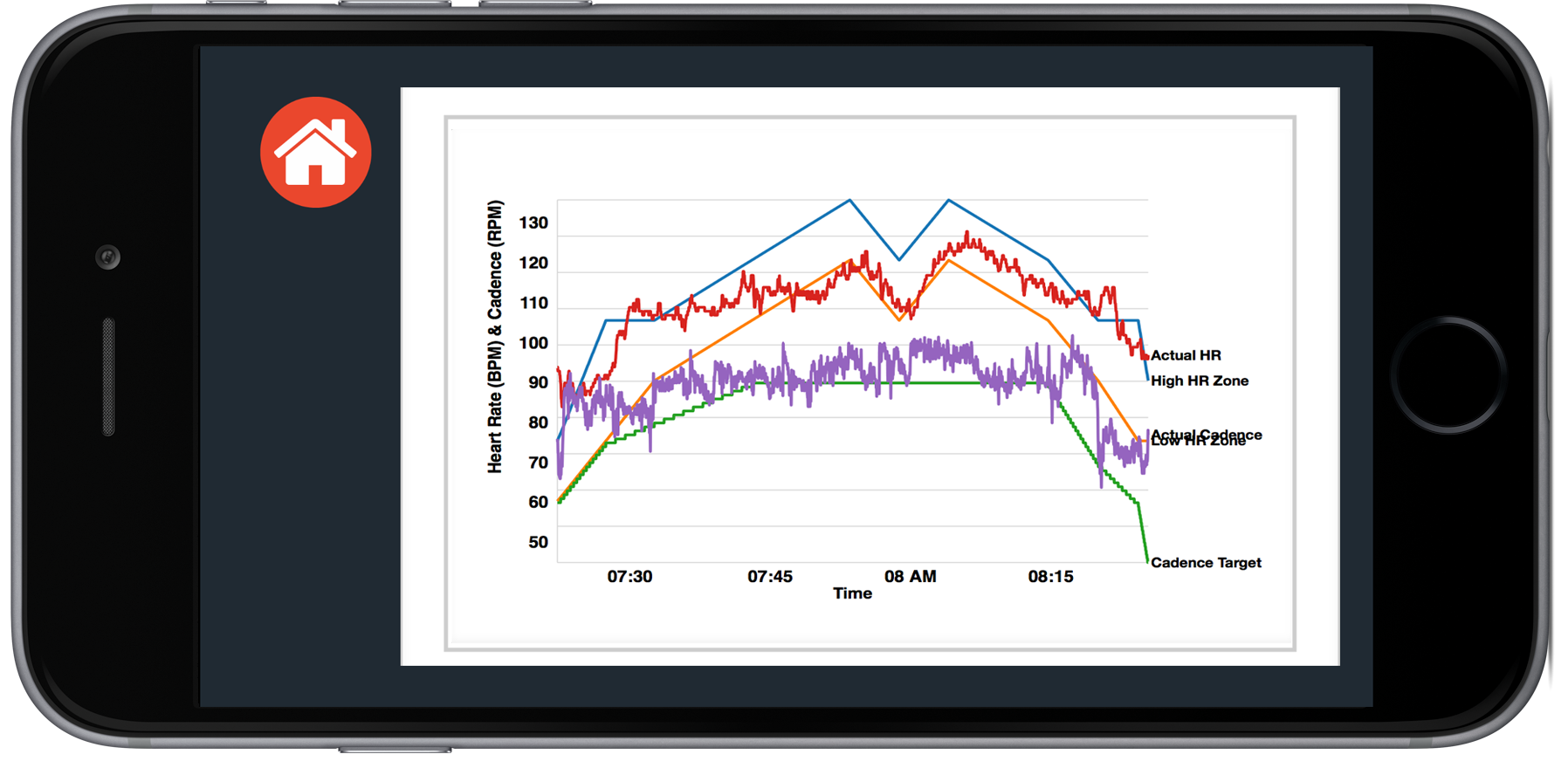 Figure 4. fitFactor™ chart showing compliance with the protocol. The red line is the actual heart rate which should fall in the middle of the blue and orange bands. The purple line is cadence RPM which should follow the green line.
Figure 4. fitFactor™ chart showing compliance with the protocol. The red line is the actual heart rate which should fall in the middle of the blue and orange bands. The purple line is cadence RPM which should follow the green line.The main objective of the score is to reward and motivate people for making an effort by quantifying their success. Our scoring algorithm compensate for the objective precision of the sensors by rating compliance based on whether or not a person is within a range of precision to the target metrics. If a person’s actual performance metrics (heart rate and cycling cadence) are within the prescribed zone that is considered full adherence.
The circleTap™ Score
The Beneufit circleTap™ finger tapping test allows individuals to periodically assess manual dexterity and fine motor control on their own through the pdFIT™ app (Figure 3).
This data is for their personal use and may be shared with their physician or care provider.
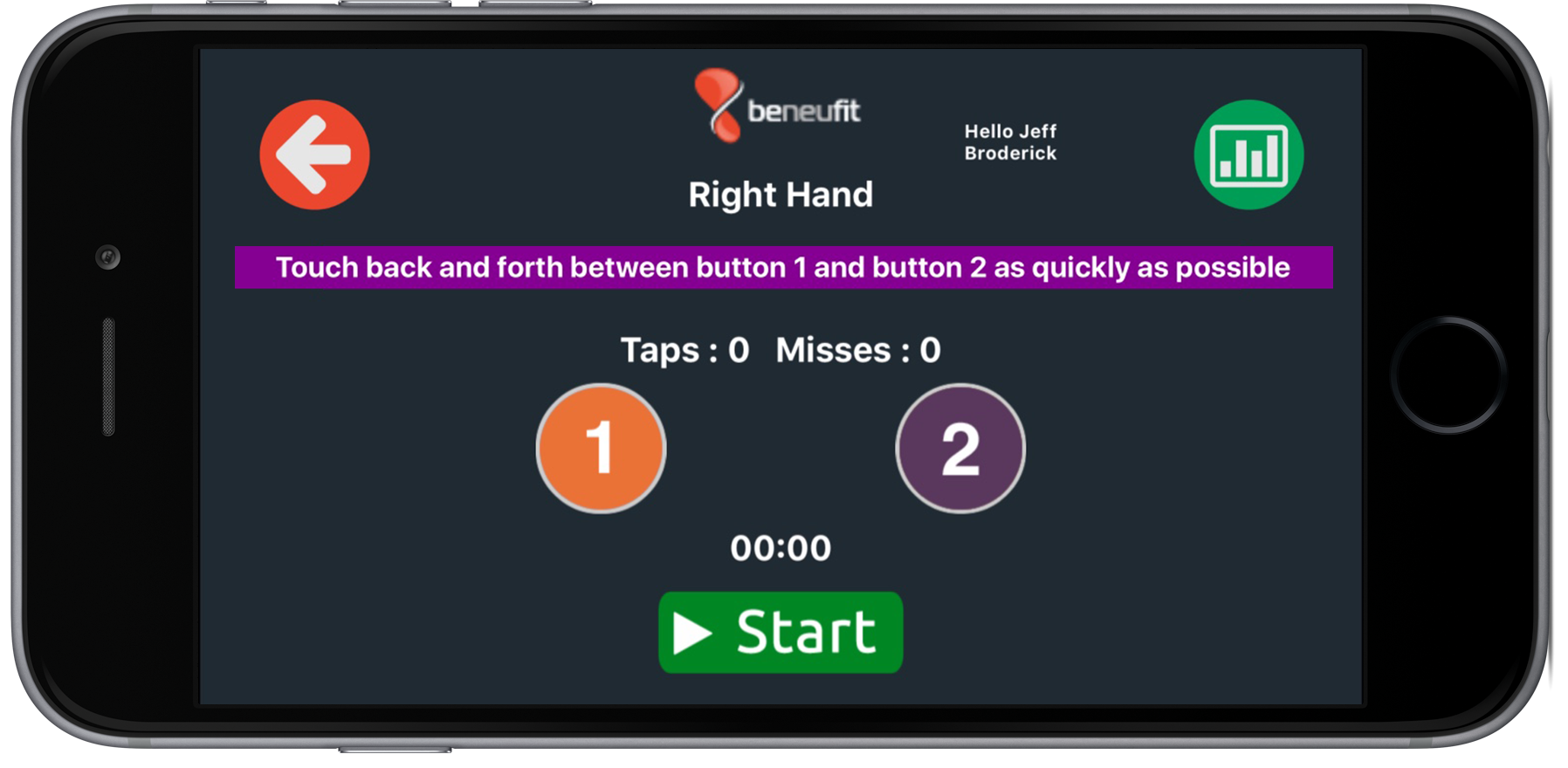 Figure 5. pdFIT™ circleTap finger tapping test interface with tap buttons 1 and 2.
Figure 5. pdFIT™ circleTap finger tapping test interface with tap buttons 1 and 2.To conduct the tap test, an individual tracks and taps two targets labelled “1” and “2” in four separate 15-second intervals. A finger tap that successfully contacts the colored circle is considered a hit. A miss is when the finger contacts outside the colored circle. The total number of hits and misses is calculated upon test completion and is displayed along with the aggregate circleTap score of hits minus misses.
The Wearables
Beneufit uses Bluetooth Low Energy (BLE) fitness sensors to coach people through protocols.
Sensors commmunicate real-time heart rate and cycling cadence values to the pdFIT™ mobile application.
Any BLE sensor following Bluetooth’s GATT specifications will work with pdFIT™.
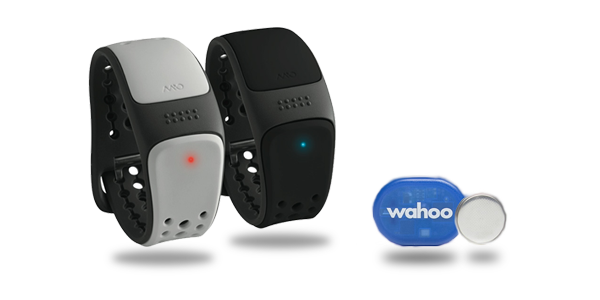 Figure 6. Mio LINK heart rate monitor and Wahoo RPM cadence sensor
Figure 6. Mio LINK heart rate monitor and Wahoo RPM cadence sensorThe Studies
2-Year Analysis: circleTap™ Test Scores
Statistically significant improvement in circleTap™ finger tapping test scores over the two year period. On average, circleTap™ scores increased by 13% from Early to Mid training and 19% from Mid to Late training. Statistical significance denoted as p<0.05.
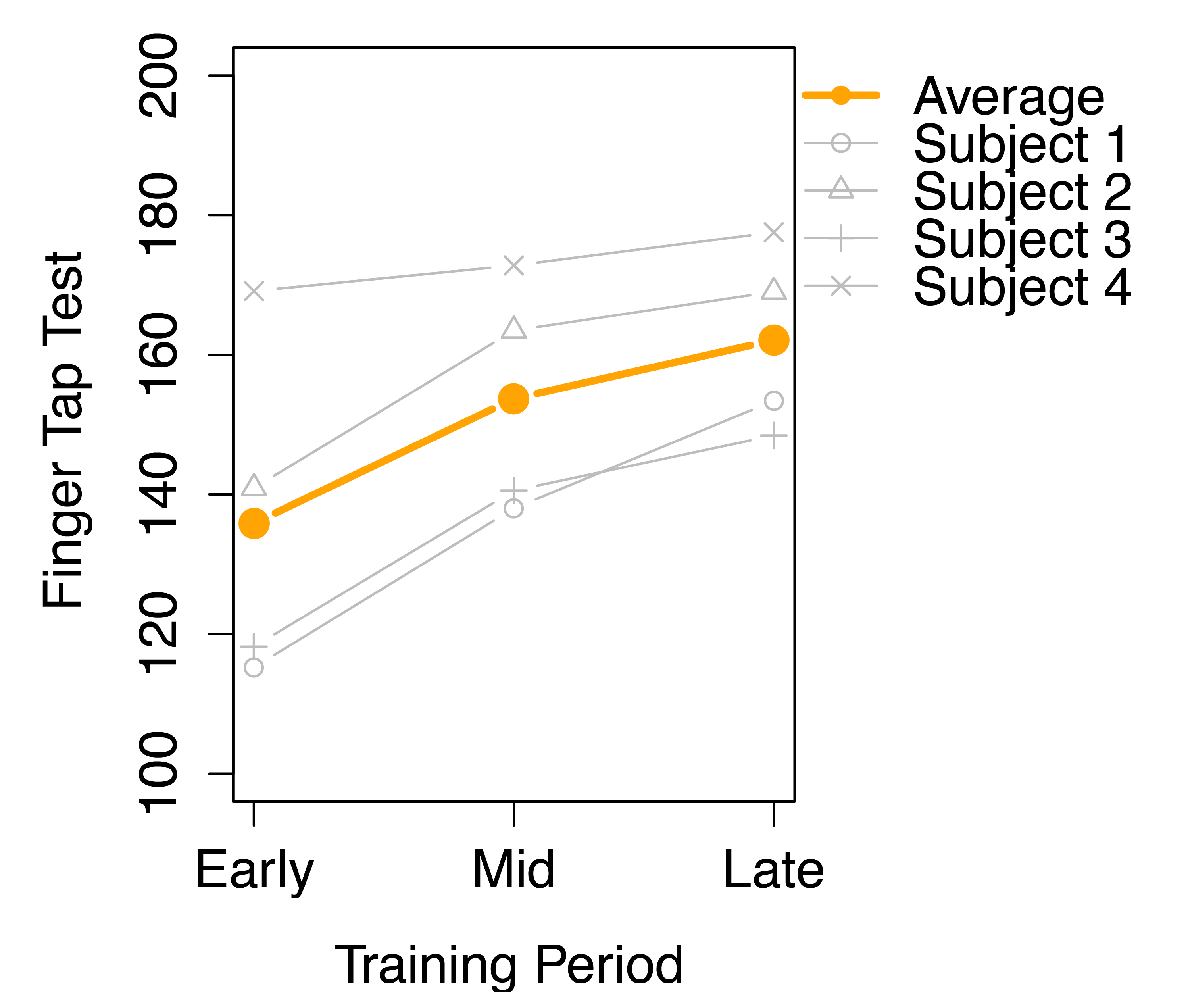 Figure 7. circleTap™ scores showing improvement in motor control over a two year period.
Figure 7. circleTap™ scores showing improvement in motor control over a two year period.2-Year Analysis: firFactor™ Test Scores
Statistically significant improvement in fitFactor™ scores of fitness exertion level over the two year period. On average, Exertion Level increased by 11% from Early to Mid training and 20% from Early to Late training.
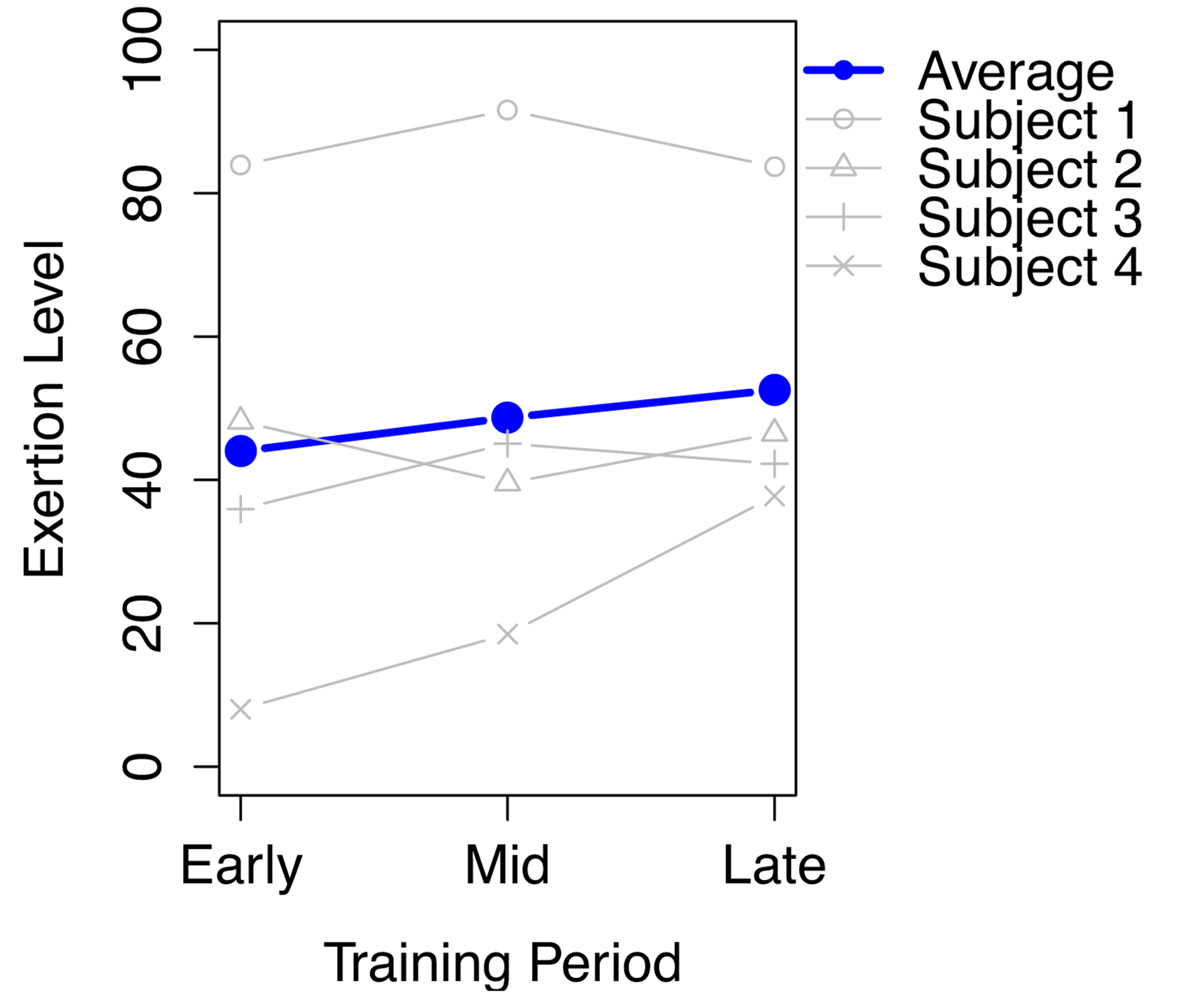 Figure 8. fitfactor™ scores showing improvement in exertion level over a two year period.
Figure 8. fitfactor™ scores showing improvement in exertion level over a two year period.12 Week Analysis: circleTap™ Test: PD vs Control
These charts show effect of tap test progress longitudinally between the Parkinson’s disease (PD) group and the control group.
The PD group shows improvement over time and clusters up and to the right while the control group experiences no perceptible improvement.
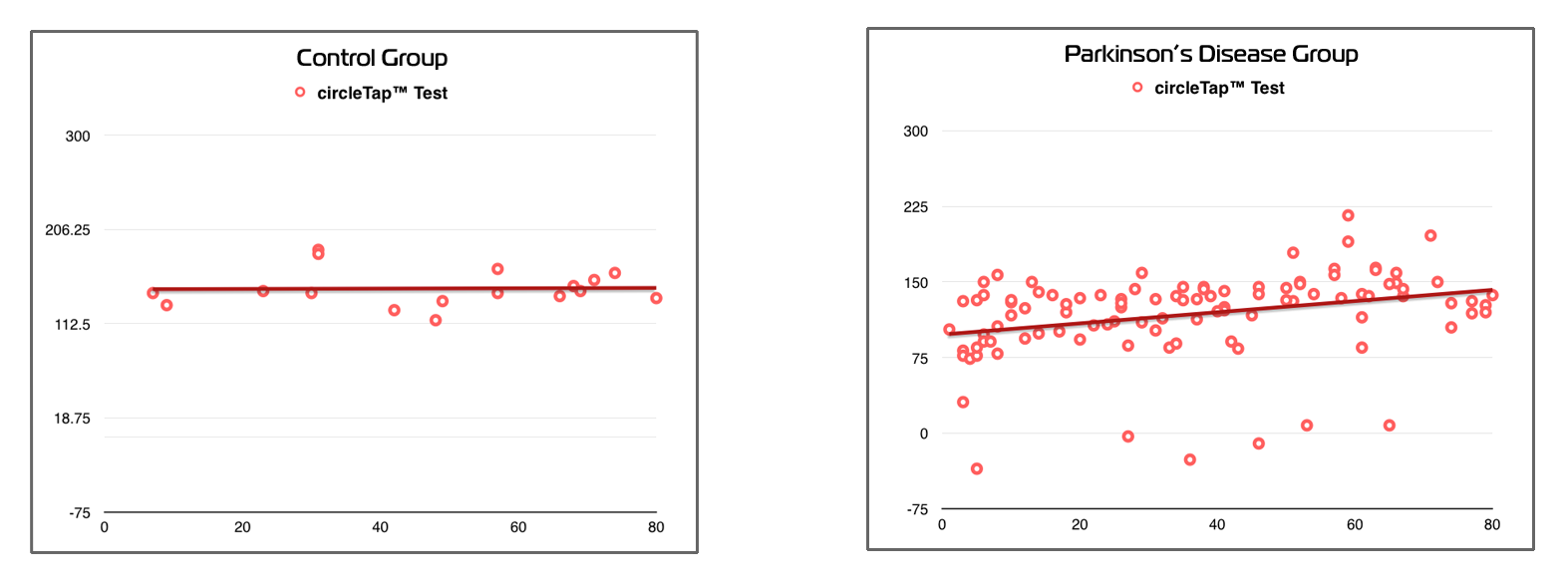 Figure 9. circleTap™ scores showing improvement only in the Parkinson’s disease group.
Figure 9. circleTap™ scores showing improvement only in the Parkinson’s disease group.12 Week Analysis: circleTap™ Test: Affected Hand
Significant improvement is shown in tap test results with the affected hand and none for the other hand.
Since this person is right handed the overall score is higher for the right land.
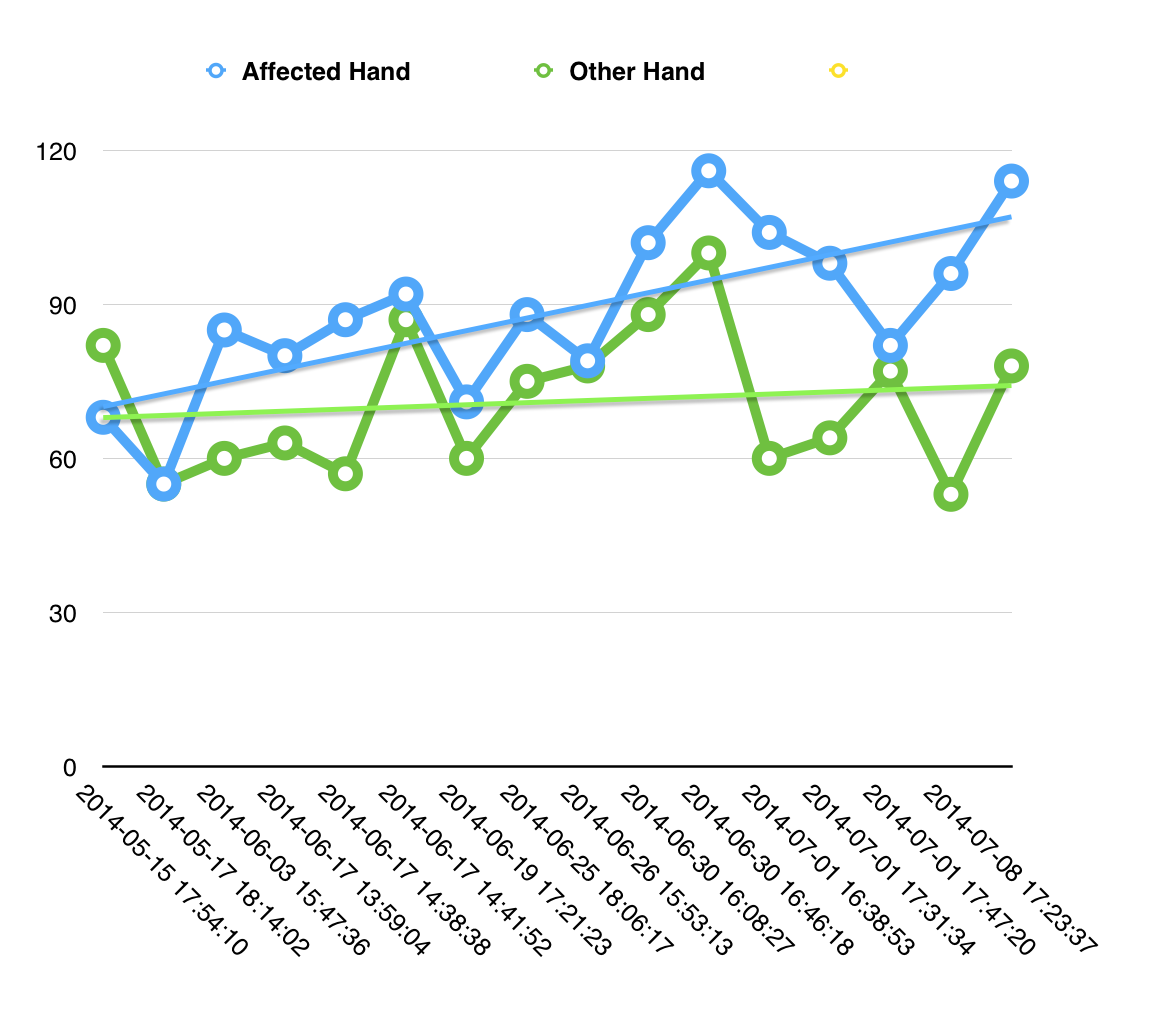 Figure 10. circleTap™ scores showing improvement only in affected hand.
Figure 10. circleTap™ scores showing improvement only in affected hand.Finger Tapping Tests
The Benuefit circleTap™ test is based on alternate finger tapping tests that have been in clinical studies over the past 30 years.5
The alternate finger tapping test is a valid sensitive measure of bradykinesia that correlates with the UPDRS motor score as well as with other validated clinical measures. The dynamics of alternate finger tapping, unlike survey based tests, is multifaceted, comprised of digital and axial movement and sensorimotor processing, i.e. speed, accuracy and fatigue.6 There is a short term learning effect after subsequent repeated tests over the course of 24 hours; however, performance from procedural learning the plateau relatively quickly.7
The advantage of the Beneufit circleTap™ Test is the variable length between the tapping targets introduced mid-session of test potentially reducing the learning effect. Thus the Benuefit Tap Test is designed for hightended sensitivity to provide Parkinson’s disease patients with as much accurate information of their physiological improvement from exercise.
 Figure 11. The AHTD computerized assessment battery and Kinetics Foundation computer keybord test.
Figure 11. The AHTD computerized assessment battery and Kinetics Foundation computer keybord test.
